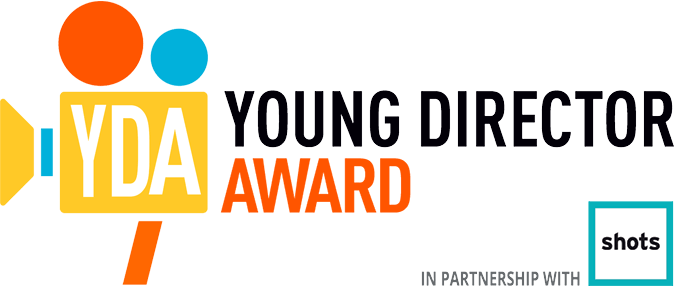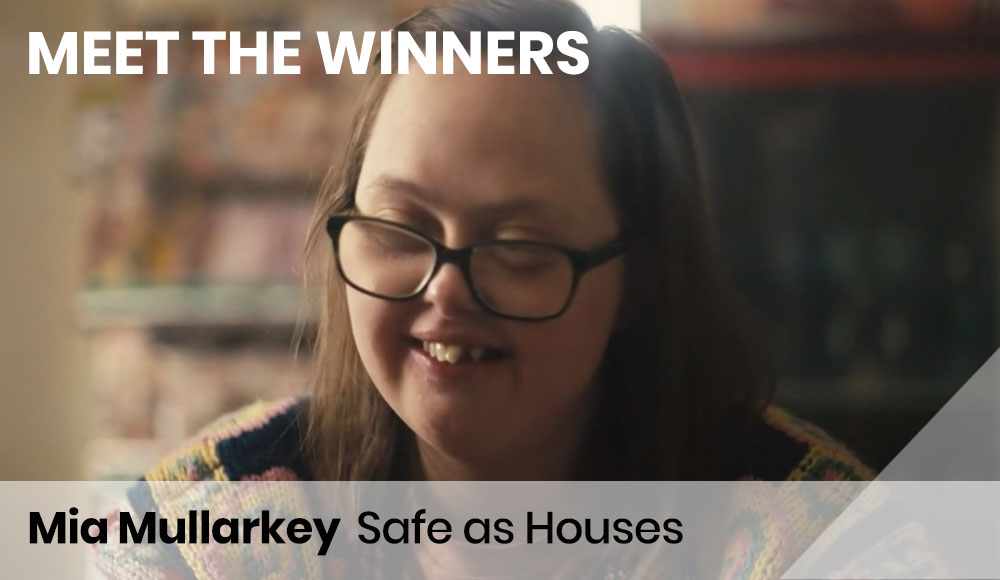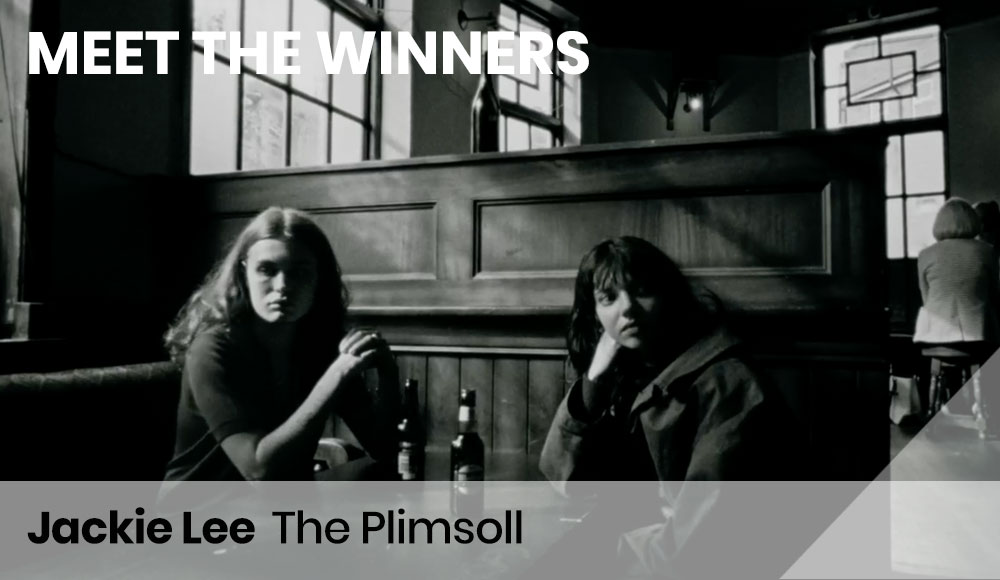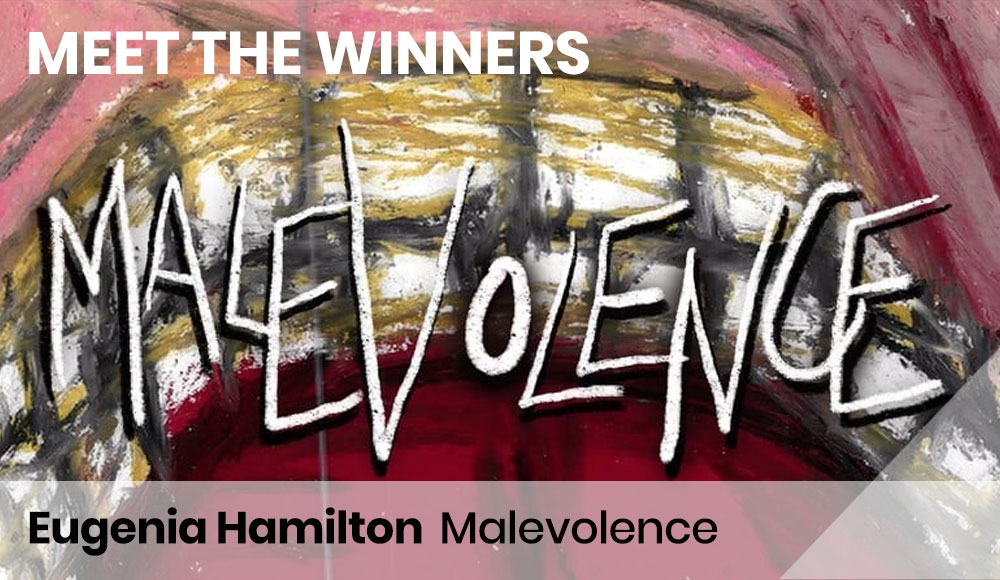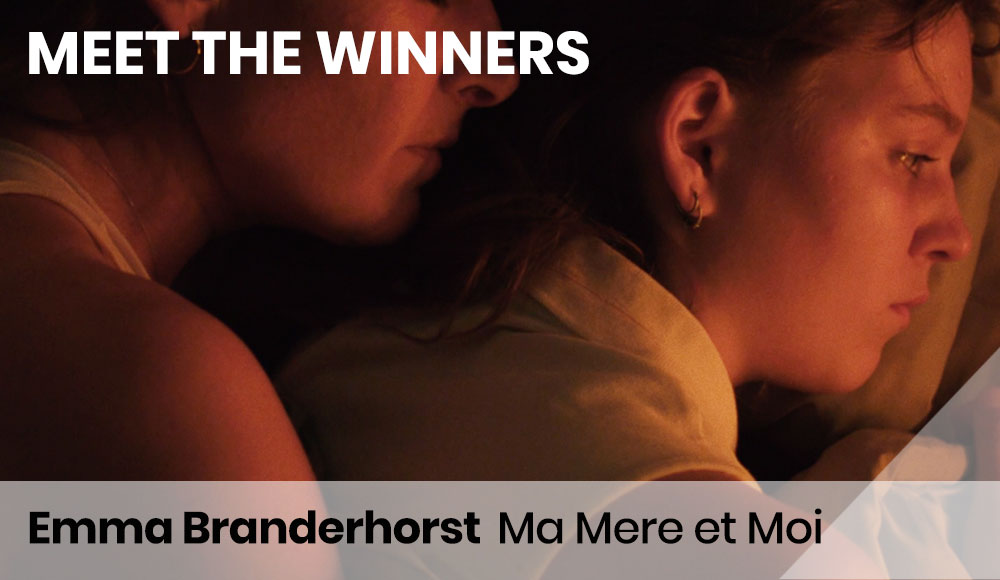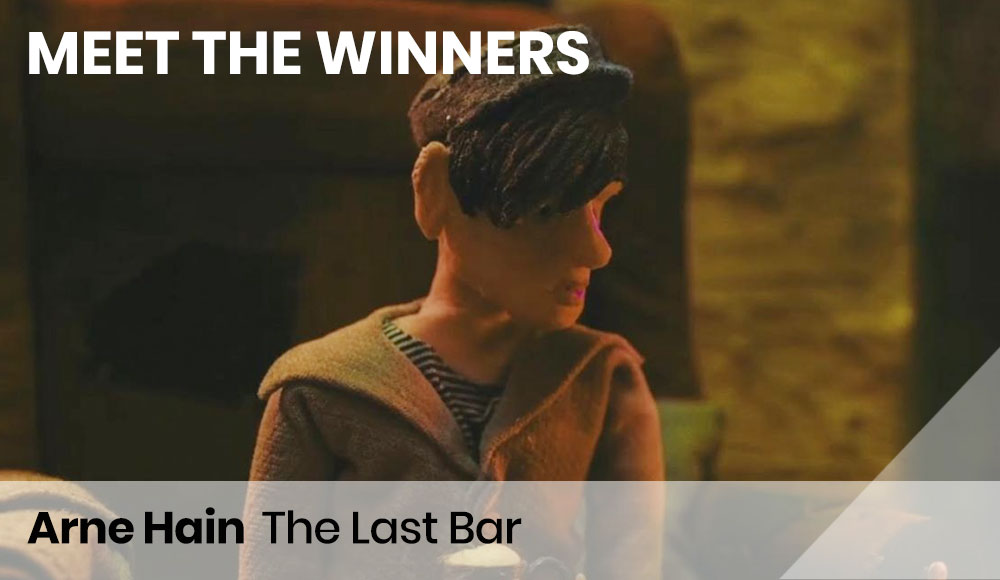From hard hitting charity spots to cheeky recession-tinged singalongs, we love Kim Gehrig’s work – mainly because we never know what to expect next. The fantabulous Kim hit a double whammy last year at Cannes, picking up a Silver Lion *and* first prize in the YDA broadcast category for her Amnesty International film You Are Powerful. Laura Swinton caught up with Kim to find out how she does it.
What do you wish you’d known when you were 18?
You can never get the carrot, so just relax.
Tell us about your methodology – how do you prepare for shoots? Do you storyboard in detail? Or is there room for spontaneity?
I like to deep dive into projects, and completely immerse myself in them. Mostly my method is to use every waking hour possible to prep, just incase that extra hour brings something else to the project that I hadn’t thought of yet. I am a bit of a gatherer, and I like to look at every option, possibility and opinion before committing to any one decision. That goes for storyboarding as well. I generally do a set of very badly drawn boards myself, and then throw them away and do a new version with a storyboard artist. I like doing things like this as it really cements the images in my head, so that when I am on set I can ignore the boards and go with my gut. The more I prep, the more spontaneous I feel I can be on the day, and that is when it feels good.
How do you think your experience in advertising creative has influenced the way you work?
It has had a big impact. Working as a creative, one idea is never enough, and your job is to have multiple solutions to one brief. I find that skill really liberating, as I don’t get too bogged down. If something doesn’t work, there is always another way or approach.
It has also meant I can write and rewrite when I need to as that is second nature.
Any advice to new directors hoping to break into commercials or music videos?
Make as much work as you can, don’t be too precious. You never know which projects will work out, and some might surprise you.
You won first prize in the Broadcast category at last year’s YDA for the Amnesty spot. It seems like quite a traumatic piece to work on – trawling through lots of news footage etc. Can you tell me about putting that spot together?
The research on the Amnesty film was truly harrowing. It was a bizarre process trawling hours and hours worth of human rights footage, looking for what would technically work. That felt quite uncomfortable, looking for ‘the right shot’ when so much of the material was so tragic. I found I had to try and disassociate myself from the reality of the images to keep going through them, but there were times when I couldn’t watch any more. It was very tough to find footage that was clear enough to understand what was happening, and also have the space to composite in another person. Once we found the most powerful shots, it became much more of a technical challenge. The green screen shoot was quite painful, guessing what lens each found scene was shot on, and trying to match it all in, melted my brain. I kept the fabulous post people by my side on that shoot.
I enjoy jumping from low-fi to more cinematic work depending what the idea calls for. Having that nimble approach, excites me. I don’t like being repetitive visually, so that is probably the motivation for it.
I have a desire to explore cinema verite filmmaking some more, as I enjoy the honesty and looseness that can bring. I am also exploring more cinematic storytelling work in the form of a short, as I don’t feel I have had a chance to really go there yet.
Outside of filmmaking, what inspires and excites you? Where do you get your ideas from?
I remember when Paul Smith said that ‘you can find inspiration in anything’, and I’ve always liked that approach. I like to look everywhere for inspiration; from dance, to theatre, to painting, to comedy, even to the news. Great images and storytelling in all these forms sparks ideas and gets me thinking.
To find out more about Kim and her work check out the Academy Films website.
